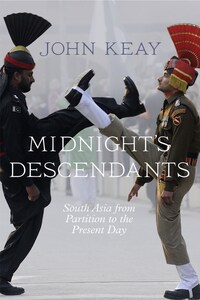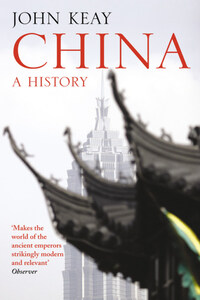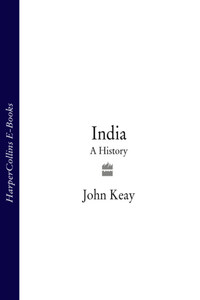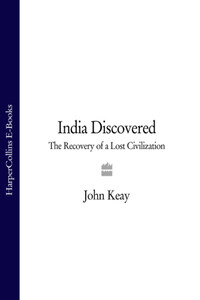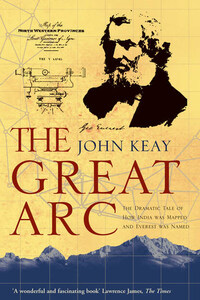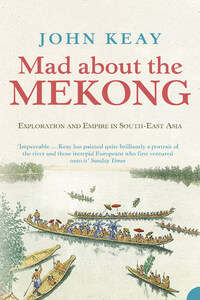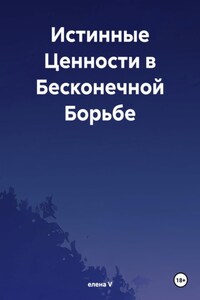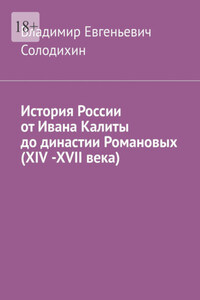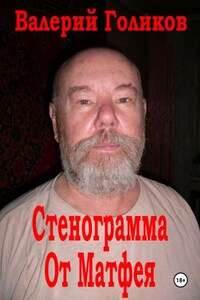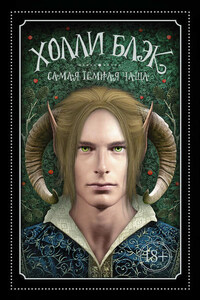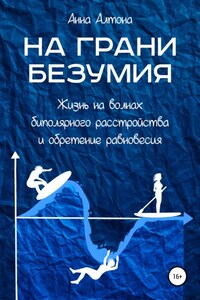William Collins
An imprint of HarperCollinsPublishers
1 London Bridge Street
London SE1 9GF
WilliamCollinsBooks.com
First published in Great Britain by William Collins in 2014
Copyright © John Keay 2014
John Keay asserts the moral right to be identified as the author of this work.
Cover photograph © Naringer NANU/AFP/Getty Images
A catalogue record for this book is available from the British Library.
All rights reserved under International and Pan-American Copyright Conventions. By payment of the required fees, you have been granted the non-exclusive, non-transferable right to access and read the text of this e-book on-screen. No part of this text may be reproduced, transmitted, down-loaded, decompiled, reverse engineered, or stored in or introduced into any information storage and retrieval system, in any form or by any means, whether electronic or mechanical, now known or hereinafter invented, without the express written permission of HarperCollins.
Source ISBN: 9780007326570 (HB), 9780007480036 (TPB)
Ebook Edition © January 2014 ISBN: 9780007468775
Version: 2015-07-20
1. Wavell greets Jinnah prior to the 1946 Cabinet Mission talks. (Press Information Bureau/British Library)
2. Gandhi with Pethick-Lawrence during the talks. (akg-images/Archiv Peter Rühe)
3. Police use teargas to disperse a crowd in Calcutta. (© Hulton-Deutsch Collection/CORBIS)
4. The aftermath of the Calcutta killings of August 1946. (© Bettmann/CORBIS)
5. Lord and Lady Mountbatten’s carriage swamped by the crowd during India’s Independence Day celebrations. (Topham Picturepoint)
6. Nehru addresses a crowd of over a million on Independence Day. (Topham Picturepoint)
7. Trains packed with fleeing refugees at Amritsar. (© Illustrated London News Ltd/Mary Evans)
8. The refugee caravans were easy prey. Hundreds of thousands were massacred. (© Illustrated London News Ltd/Mary Evans)
9. Female students protest against the adoption of Urdu as Pakistan’s official language in Dhaka in 1953. (Rafiqul Islam)
10. Demonstrators in Bombay burn an effigy of Nehru in January 1956. (AP/Press Association Images)
11. Tenzing Norgay at the summit of Everest. (Getty Images)
12. Indian patrol in eastern Ladakh in 1960. (Topfoto)
13. Indian women preparing to defend the nation during the 1962 Sino–Indian war. (Topfoto)
14. A village in Jammu and Kashmir during the 1965 Indo–Pakistan war. (©Hulton-Deutsch Collection/CORBIS)
15. A Pakistani liaison officer shakes the hand of an Indian army officer after the announcement of a ceasefire in the Indo–Pakistan war. (Topfoto)
16. Indian troops advancing into East Pakistan in December 1971. (Getty Images)
17. Pakistan’s General Niazi signs the document of surrender at the end of the Bangladesh Independence War. (©Bettmann/CORBIS)
18. The Indian Herald’s supplement on Mrs Gandhi’s declaration of the Emergency. (Courtesy of the Indian Herald)
19. Indira Gandhi campaigning in Calcutta for the 1977 elections. (EE/AP/Press Association Images)
20. Sri Lankan Tamils training in southern India in 1986. (Topfoto/AP)
21. Young recruits undergoing training by the Tamil Tigers. (Topfoto/AP)
22. Sant Jarnail Singh Bhindranwale. (AP/Sondeep Shankar/AP/Press Association Images)
23. The Golden Temple of Amritsar during ‘Operation Bluestar’. (Topfoto/AP)
24. Kashmiris burn the Indian flag in March 1990. (Ajit Kumar/AP/Press Association Images)
25. Protesters against the Indian army’s presence in Srinagar. (Barbara Walton/AP/Press Association Images)
26. Militant VHP kar sevaks attack the Babri mosque in Ayodhya. (AFP/Getty Images)
27. Hindu youths clamber onto the domes of the Babri mosque. (AFP/Getty Images)
28. Mumbai under attack by jihadist gunmen in November 2008. (Punit Paranjpe/Reuters/Corbis)
29. The Golden Quadrilateral highway under construction near Kanpur. (Ed Kashi/VII/Corbis)
30. Sheikh Mujibur Rahman. (Mary Evans/SZ Photo/Scherl)
31. Zulfikar Ali Bhutto. (AP/Topfoto)
32. General Ziaul Haq. (AP/Topham)
33. Benazir Bhutto. (PA/Topfoto)
34. Atul Behari Vajpayee. (Topham Picturepoint)
